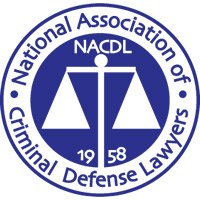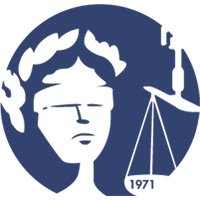LAYING THE PROPER PREDICATE
Before popping the ultimate question of a witness, counsel should first lay a foundation for that witness’ response. Not just because it may be legally required but also because it is helpful for the jury to place that response in its factual context and to understand the basis for the witness’ answer.
Counsel must orient both the witness and his audience as to time and place, demonstrate who the witness is and what familiarity or expertise he or she has with the subject matter being addressed. For example, knowing that someone lives two doors down from and has passed the street corner in question everyday for he past 10 years tells the fact finder something about he witness’ familiarity with the subject matter depicted in a photograph you have him identify for the jury.
PHOTOGRAPH EVIDENCE
- I show you Defense Exhibit A and ask whether this photograph fairly and accurately depicts what it purports to show as it/he/she appeared
MOTION PICTURE PROJECTIONIST:
- Would you please state at what speed this motion picture film was exposed?
- How many frames per second?
- Could you please tell the jury at what speed, frames per second, it will be projected?
- Does that actually reproduce the actual timing or speed at which the movement depicted on the film was taken?
MICROFILM/MICROFISH
- Would you please state for the jury what method you utilize in maintaining the records of ?
- Is it part of the regular course of business at to keep and microfilm these records that you have described?
- Are these microfilms made and maintained in compliance with accepted standards of quality for permanent photographic records?
- Are all originals records made at or about the time of each transaction or occurrence reflected therein?
- How are your microfilms catalogued and filed?
- How do you go about retrieving microfilm from your records?
- As these microfilms are very small, how do you normally go about viewing them?
- Were you requested to locate the microfilm record of ?
- Did you do so?
- Were you subpoenaed to bring same to Court with you today?
- Did you do that?
- Has there been any alteration or other change in this microfilm since it came into your possession?
- Can this microfilm, Defense Exhibit A, be viewed by the Court and Jury through the use of a projection and screen without changing or altering the record in any way?
SOUND RECORDINGS
- I show you this piece of apparatus (tape recorder) marked for identification as Defendant’s Exhibit A and ask you if you have ever seen it before?
- Would you please tell the Court and Jury what it is and explain its purpose?
- Have you ever used same before?
- Are you familiar with its operation?
- Have you ever used such equipment?
- How many times?
- What is the quality of reproduction of conversations by this machine?
- Does this machine fairly and accurately reproduce the statements of the person speaking?
- How does the reproduction compare with the actual voice of the speaker at the time the recording is made?
- Would you please explain how this device operates?
- Is that how you operated the machine when you recorded ?
- Have you had the opportunity to replay the recording?
- Is this recording, Defendant’s Exhibit B, a fair and accurate reproduction of the conversation you heard on ?
- Did you recognize the voices portrayed on that recording, marked Defendant’s Exhibit B?
- Whose voices did you recognize?











